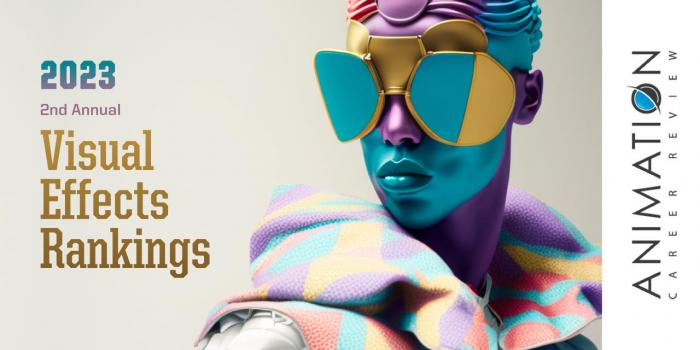University of Utah (The U) has several paths to study Visual Effects (VFX) in the College of Fine Arts and Kahlert School of Computing. The College of Fine Arts houses the Department of Film & Media Arts (F&MAD), which allows students to tailor their BA degree across multiple areas of interest. This includes Special and Visual Effects (VFX). The School of Computing and the Department of Film & Media Arts launched the Entertainment Arts & Engineering (EAE) Program more than a decade ago. This Program has a Computer Science BS with an EAE Emphasis and a Master of EAE (MEAE). Both allow students to study VFX.
In addition to the opportunity to customize the curriculum, students in the F&MAD BA Program may choose from four Emphasis Areas. Each area has a wide selection of VFX-related coursework. Emphasis options include Entertainment Arts and Engineering, Media Arts Production (MAP), Animation, and Film Production.
Course examples across Emphasis Areas include Digital Effects and Compositing for the Screen, 3D Computer Animation, Digital Visual Effects, Film Production, Interactive Machinima, Motion Capture, 3D Character Production, Digital Cinematography, 3D Character Animation, Programing, Media Arts Production, Directing, Programming, Film Editing, Sound for Film and Digital Media, Film Production, Digital Imaging for Visual Artists, Directing, and Storyboarding/Visual Storytelling.
The EAE BS at University of Utah includes extensive coursework in Computer-Generated Special Effects, 3D Animation, Game Development, Visual Perception, and Graphics. The MEAE has a Technical Arts Track, which allows students to Specialize in VFX. Across courses such as Technical Art I-IV, Advanced 3D Character Production, 3D Modeling, and Serious Games, students will use programmable GPU shaders to customize the graphics pipeline producing various visual effects; master shading language fundamentals and GPU primitive operations; and work in teams to pitch, prototype, and present VFX-rich games.
Across programs, students will create a variety of games, animations, films, and other projects that demonstrate their VFX skills. Upon completion of the programs, students will have a demo reel and/or portfolio of their best work.
Graduates of the Film Programs at University of Utah are prepared for careers such as VFX Artist, Visual Effects Animator, Film Editor, VFX Editor, Production Manager (VFX), Computer Animator, Digital Filmmaker, and Production Coordinator (VFX).
Graduates of the EAE Programs at University of Utah are prepared for careers such as VFX Artist, Animation VFX Artist, VFX Editor, Production Coordinator (VFX), Video Game FX Artist, and 3D Animator.
Founded in 1850, University of Utah is the state’s public flagship institution. A top-tier research university, The U serves more than 34,900 students enrolled in over 200 programs across 18 colleges and schools and nearly 100 departments. University of Utah is accredited by the Northwest Commission on Colleges and Universities (NWCCU).







